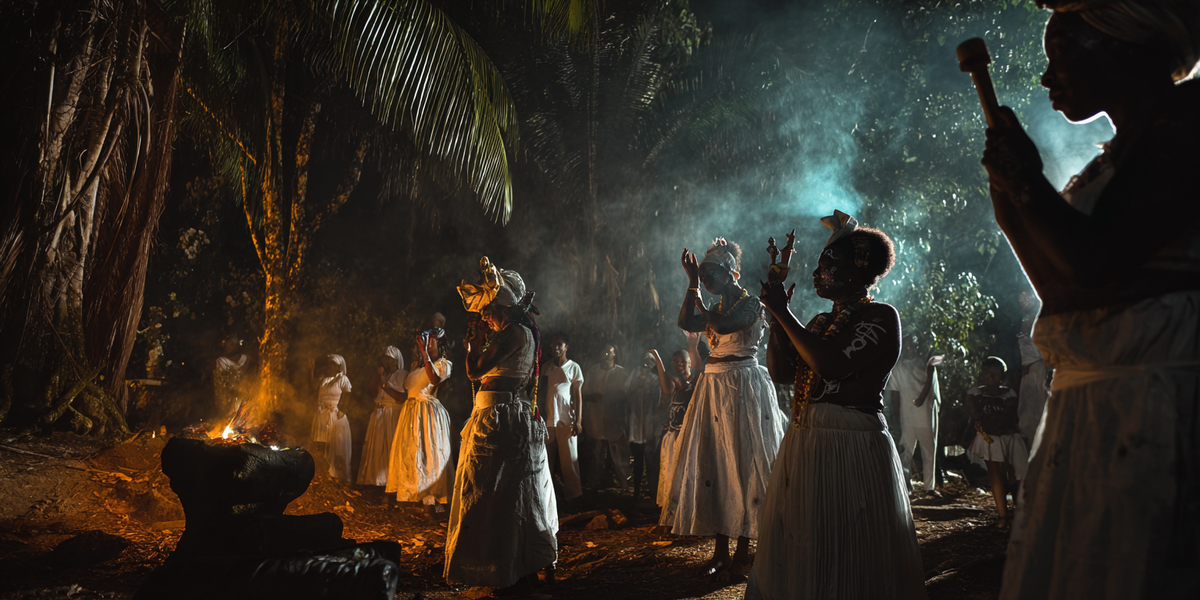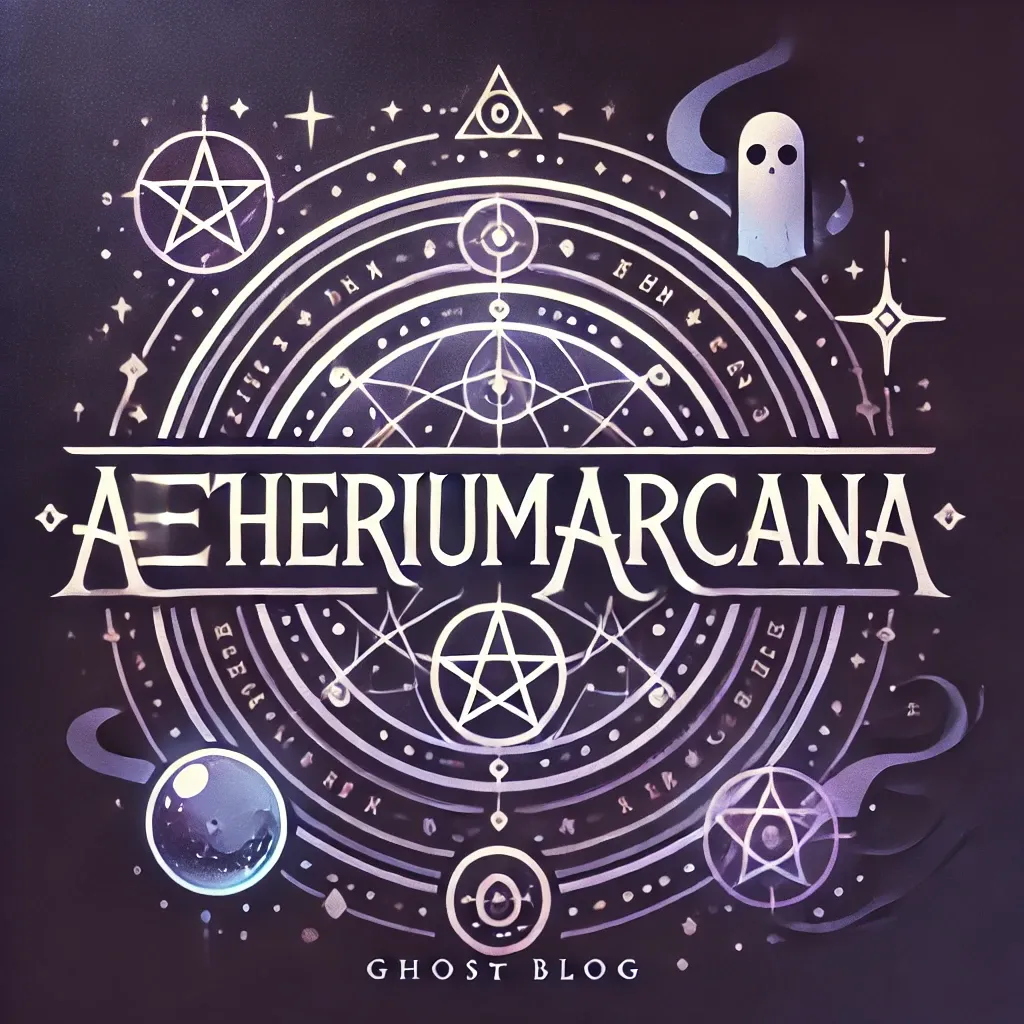Whether it’s a shaman in the jungle, a livestreamed binding spell against a president, or a 17-year-old with a phone and a sense of the sacred, the grammar of revolt is changing—but its roots remain old, and deep, and smoldering.
Subscribe to continue →Grassroots spiritual warfare

